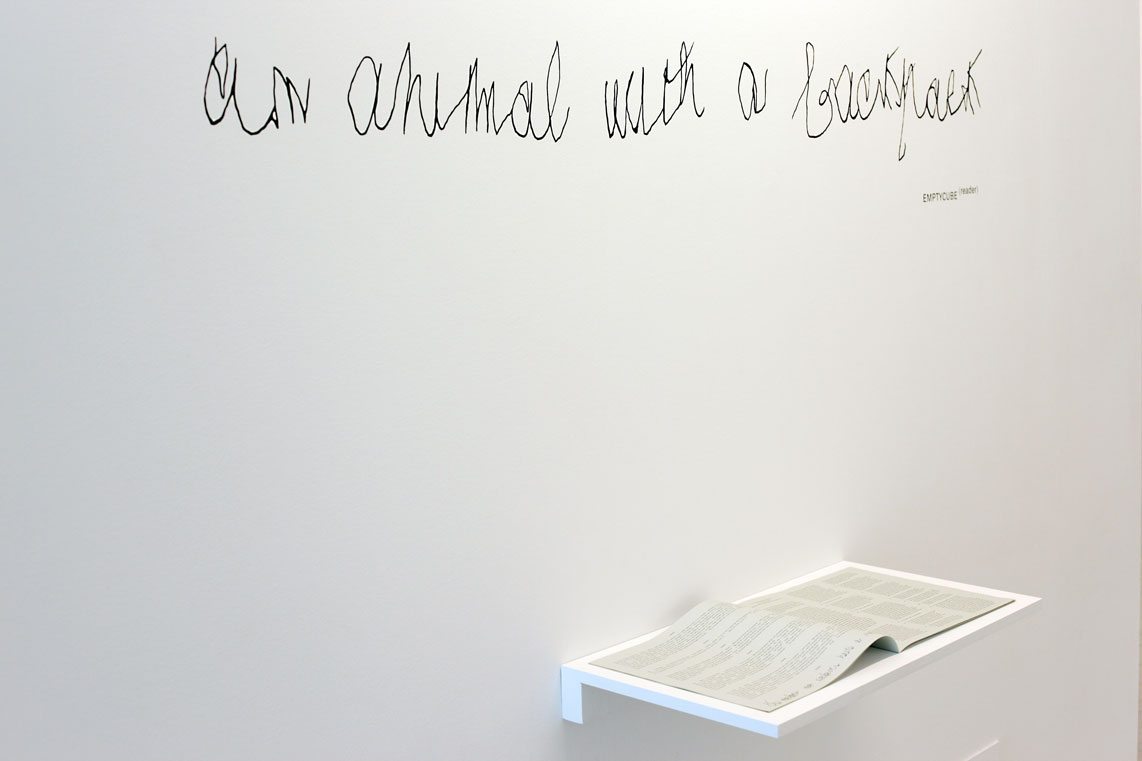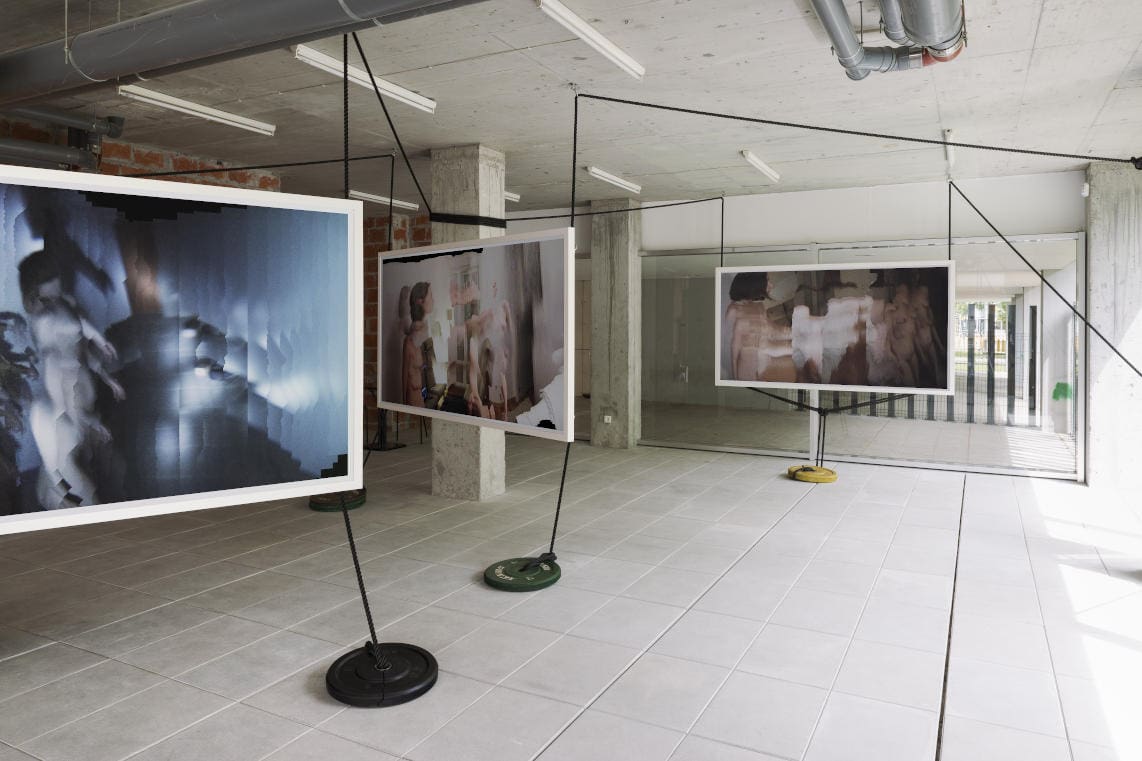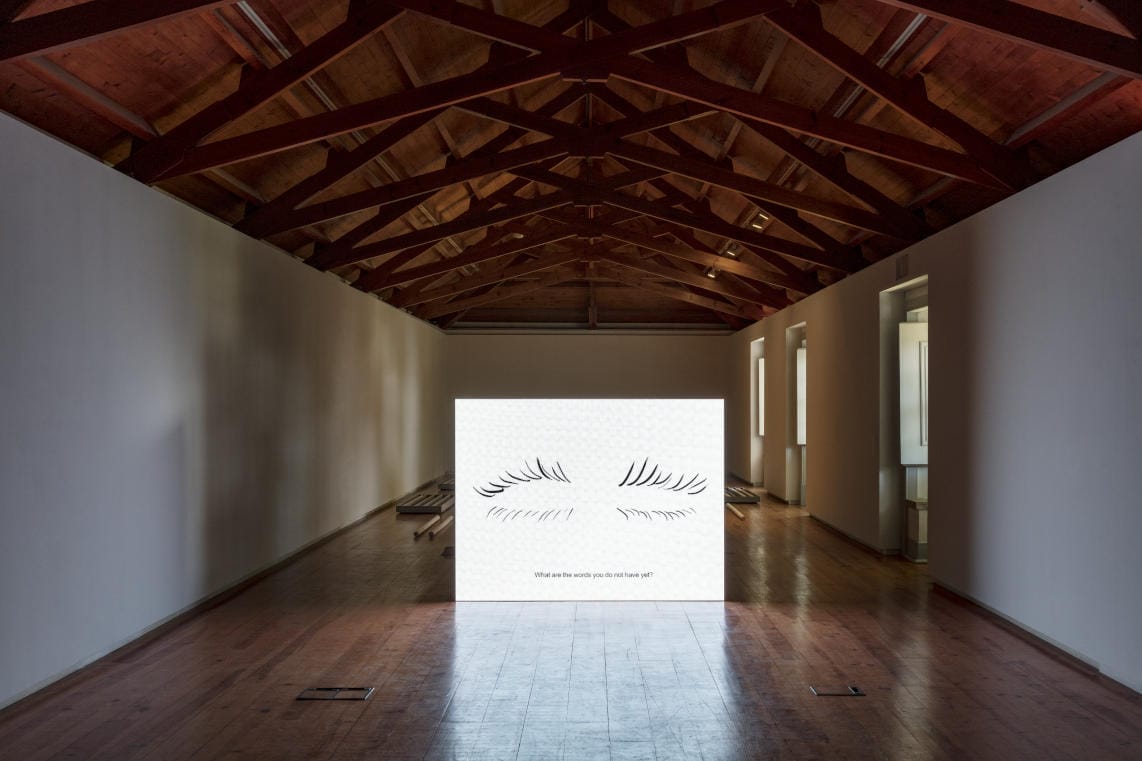The importance of architecture as an element that defines societies and shapes environments and behaviours has been studied. Its sovereignty has grown due to the urgent need to overcome the vast ignorance that still exists about the vast wealth and value of modern architectural experiences in Portugal in the 20th century. The city belongs to everyone, since we all inhabit it, but how are architectural projects understood? And how are they lived out in everyday life? These are the questions raised in Porto Santo by the exhibition Escola da Vida – construção de um espaço comum, organised by Porta 33 and curated by Madalena Vidigal and Diogo Amaro.
Porta 33 is a structure based in Funchal, which for 30 years (celebrated in 2019) has maintained a regular artistic and educational activity, a consequence of the love, work and resilience of Cecília Vieira de Freitas and Maurício Pestana Reis. In 2019, a protocol was made between Porto Santo City Hall and Porta 33 to transform the space of the Primary School of Porto Santo, known by the population as Escola da Vila, into a place of residencies and artistic activities in communion with the local population.
Between June 21 and 26, Porta 33 began to have a regular presence on the island of Porto Santo with the opening of Escola da Vila and several activities.
The inaugural exhibition focuses on the project of the architect Raúl Chorão Ramalho (1914-2002) made for the site, as well as several others (O universo de Raúl Chorão Ramalho on the architect’s body of work and A Escola do Porto Santo: memória, transição e potência) on the project of the school itself. In these multidisciplinary conferences, we had the opportunity to listen to distinguished speakers, such as the architects Ana Tostões, Vítor Mestre, Paulo David and Fátima Menezes, as well as the historian Emanuel Gaspar and Maurício Pestana Reis.
Escola da Vila operated between 1967 and 2018, part of the memory and life of several generations of the Porto Santo community. This school was commissioned by the Porto Santo City Hall to Chorão Ramalho, a respected architect at the time. The building has influences from vernacular architecture (the architect was in Japan, where he found inspiration), but also post-war European trends, in particular the brutalist reformulation of the modernist movement.
Brutalism focuses on the experience of space and the connection to the community. It uses building materials in their pure state, functionally and without ornaments, making the structure visible. Chorão Ramalho had already experimented with brutalism in the Church of the Immaculate Heart of Mary in Funchal (1953) and in Porto Santo, he adapted the scale to a daily experience and dialogue, where he favoured the human scale and the relationship between interior and exterior.
Escola da Vila has a typical Modernist volumetry, but the construction materials are visible, relating to the outside through different planes and scales. The architectural complex is composed of two volumes: the classrooms and the cafeteria on the other side of the large patio, near the entrance. This large patio, now tarmacked, was initially made of rammed earth. Between the courtyard and the classrooms, there are small playgrounds defined by vertical planes with small geometric lights, which the architect Paulo David called “the folie of Chorão Ramalho”. They delimit different areas, like playgrounds, but also more domestic spaces, like the small entrance courtyards of old traditional Japanese houses. This effect is underlined by the canopies (roof slopes) present on all the buildings, which protect the interior from sunlight. The architectural ensemble, with this aesthetic, was only possible because it is on an island, far from the eyes of an anti-modernist regime.
The exhibition, which ends on 30 October, shows the whole process of designing the school. On the school tables lined with drawing paper are printed the project sketches, the studies and the technical drawings, including the descriptive memory. We are witnesses to the whole creative process of the school’s construction. We even see solar studies about the exposure of the sun on the façade at the solstices and equinoxes.
It is not easy to organise an exhibition about architecture. Architecture is about the use and experience of space and body, about emotional and even spiritual experiences, and drawing is always far from conveying this. But Escola da Vila – Construção de um espaço comum manages to transmit this emotion through the hand-made drawings and texts. We managed to rescue the creative process, as unique as the school, and a bit of the history of the community and its relationship with the edification. Porta 33, together with its curators and collaborators such as Inês Lapa, is gathering testimonies from past students and their memories in the space. This work is much more than an art exhibition, as it recovers the emotional side of the experience, keeping the space alive.
To maintain the architectural ensemble, and thanks to Porta 33, in April 2020 the process to consider the school a Property of Public Interest was started. To keep the space alive and articulated with its community, Porta 33 is already organising from this summer cultural activities, such as workshops or lectures open to the community. The association will also organise artistic residencies, taking advantage of the island’s natural features. As architect Paulo David says, “Porto Santo is the best place in the world for leisure”. For the artists who may reside there, let’s hope it’s the best place in the world to contemplate and create.
Escola da Vila – Construção de espaço comum, until October 31, at Porta 33.





